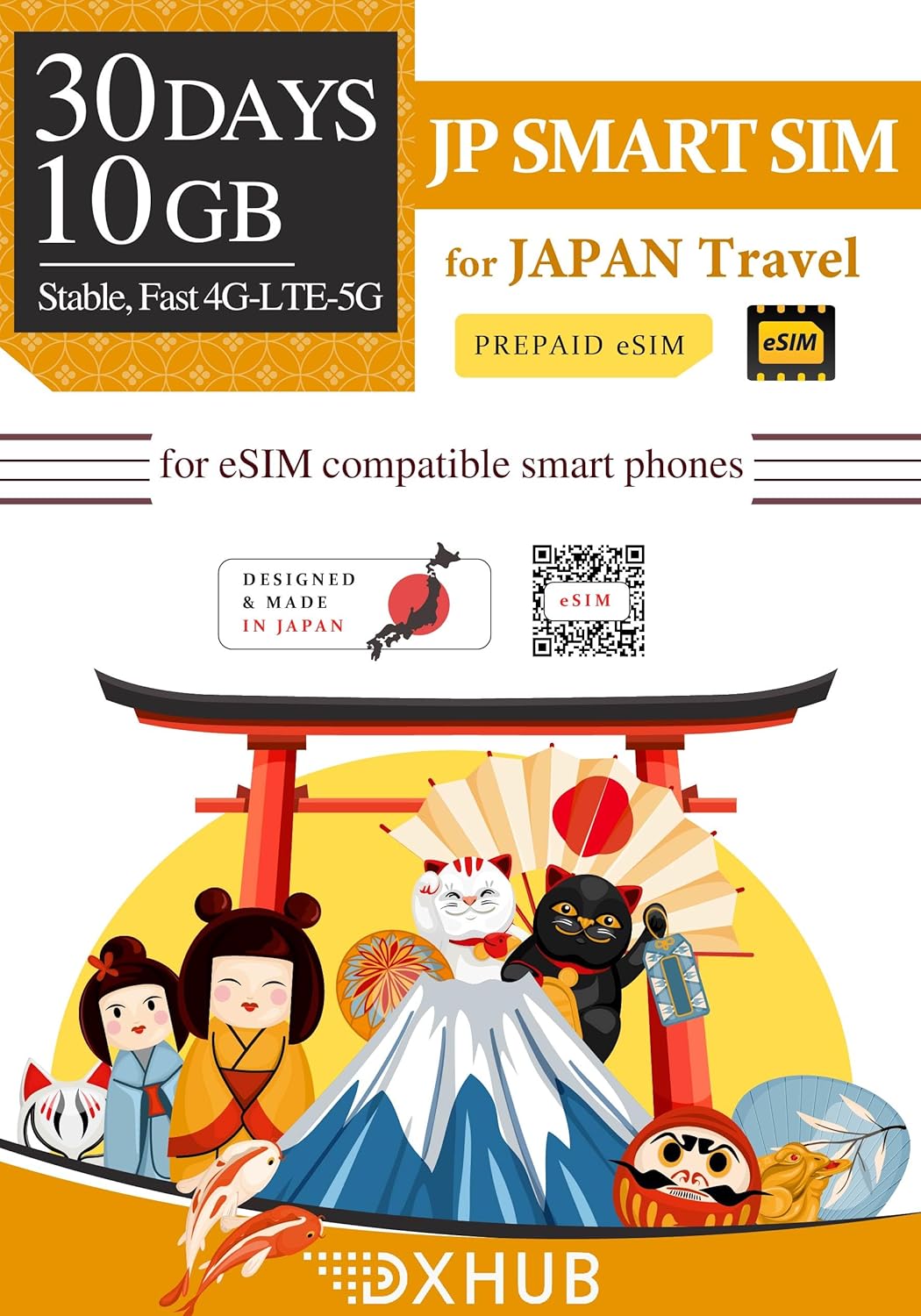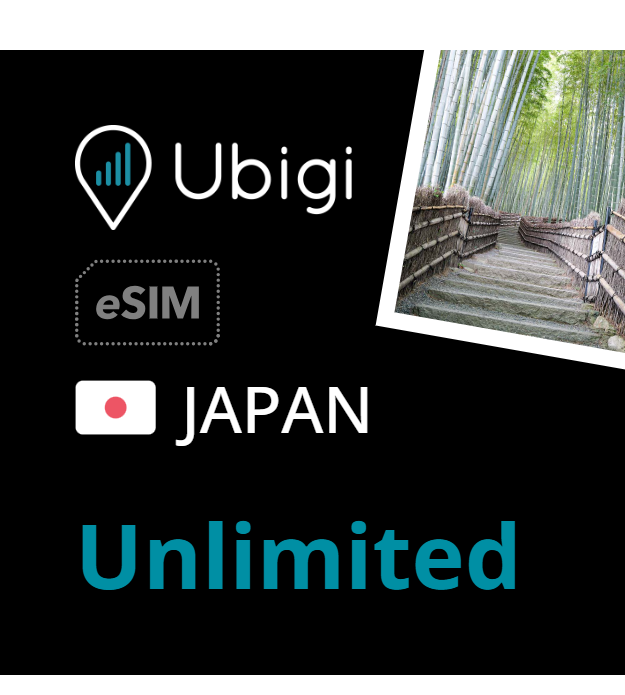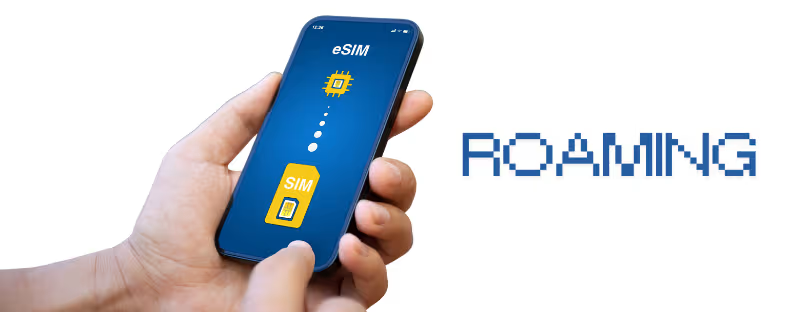
IIJ Launches Japan Travel SIM/Digital eSIM Across 16,400+ FamilyMart Stores, Boosting Nationwide Travel Connectivity
Internet Initiative Japan (IIJ), one of Japan’s most established internet and network solution providers, is making it dramatically easier for travelers to get connected. The company has announced that its Japan Travel SIM/Digital eSIM will be available from November 25, 2025, directly from multifunction copiers inside FamilyMart convenience stores across the country. If you’ve ever landed in Japan and hunted for data before hopping on a Shinkansen or opening Google Maps, this update is very good news.
This move builds on IIJ’s long-running Japan Travel SIM prepaid line—popular among tourists and temporary returnees—and brings the entire experience closer to what travelers want today: instant, frictionless connectivity without hunting for a physical SIM.
Seven Plans, One Goal: Simple and Reliable Connectivity
IIJ’s new Japan Travel SIM/Digital eSIM works on the NTT Docomo 4G/LTE network, one of the most reliable networks in Japan. The service also supports Docomo’s 3G coverage, though that network sunsets in March 2026, giving visitors a final window where older devices can still catch a signal.
What stands out is the flexibility. Travelers can choose from seven plans ranging from 3GB to 55GB, each valid for 30 days:
Plans:
| Data capacity | Price (tax-free) | Usage period |
|---|---|---|
| 3 GB | JPY 2,480 (€15.05) | 30 days |
| 6 GB | JPY 2,980 (€18.05) | 30 days |
| 10 GB | JPY 3,280 (€19.88) | 30 days |
| 15 GB | JPY 3,480 (€21.08) | 30 days |
| 25 GB | JPY 4,580 (€27.75) | 30 days |
| 35 GB | JPY 4,980 (€30.18) | 30 days |
| 55 GB | JPY 5,780 (€35.03) | 30 days |
For context, 55 GB for under JPY 6,000 is very competitive for Japan—especially on Docomo’s coverage, which remains one of the most extensive in the country.
Buying an eSIM from a Convenience Store? Only in Japan.
FamilyMart stores are practically everywhere—around 16,400 locations nationwide—and they already serve as a hub for ticketing, bill payments, and various digital services. With IIJ’s rollout, that number climbs to almost 37,000 locations when combined with other retailers that already sell Japan Travel SIM products.
The process is admirably straightforward and feels very Japanese: automated, efficient, and designed for travelers who want to get online fast.
How the Activation Process Works
Step-by-step setup
- On the multifunction copier inside FamilyMart, choose your Japan Travel SIM/Digital eSIM plan.
- The machine prints a payment slip.
- Take it to the cashier, pay, and receive a slip with an entry code.
- Register on the dedicated website, enter the code, and download the eSIM profile.
Yes, you’ll need Wi-Fi for the registration step (FamilyMart stores typically offer it), and yes, your device needs to support eSIM—most newer phones do. You’ll also need to manually input the APN, but the setup guide makes this fairly painless.
Why This Rollout Matters for Travelers
Japan has been gradually shifting toward a more traveler-friendly connectivity landscape. Until recently, picking up a SIM at the airport was the default. But that model comes with queues, limited opening hours, and higher prices. Convenience stores solve all of that—they’re open 24/7, staffed, and located in places travelers actually pass through.
IIJ’s approach also matches how tourists behave today. Travelers want immediate connectivity the moment they need it, not just at airports. And by using Docomo’s extensive network, the service covers both major cities and more remote regions, which matters in a country where people frequently explore rural areas, temples, hiking routes, and islands.
Where IIJ Stands Among Travel eSIM Providers—Market comparison
eSIM adoption in Japan is rising fast, and the competitive field is getting crowded. Global brands like Airalo, Airhub, Nomad, Holafly, and Yesim are already serving millions of international visitors. Many offer flexible regional or global plans, something IIJ does not provide. What IIJ does bring, however, is local-first reliability. As a domestic operator with access to Docomo’s full network, IIJ typically offers better latency, stronger rural performance, and predictable speeds—advantages often highlighted in reports from Japan’s Ministry of Internal Affairs and Communications.
Pricing-wise, IIJ’s plans sit in the mid-range. You can find cheaper low-volume eSIMs online, but high-capacity data on a major Japanese network at under JPY 6,000 remains a strong value proposition.
Where IIJ still lags is pure instant digital convenience. Online-first providers make activation as simple as scanning a QR code—no physical store required. That said, the ability to buy an eSIM in a convenience store is uniquely appealing for travelers who don’t plan ahead or prefer paying in cash.
Final Thoughts on What This Means for Japan’s Travel Connectivity Market
IIJ’s expansion into FamilyMart stores brings a very Japanese-style solution to a fast-evolving global trend: making travel connectivity effortless. While international eSIM platforms continue to compete on price and global reach, IIJ is doubling down on what it does best—local reliability, strong infrastructure, and real-world convenience. With nearly 37,000 touchpoints offering Japan Travel SIM products, travelers now have one of the most accessible ways to get connected anywhere in the country. In a market increasingly shaped by instant activation and seamless travel tech, IIJ’s move keeps Japan firmly in step with global expectations while leveraging the country’s unrivaled convenience store ecosystem.











